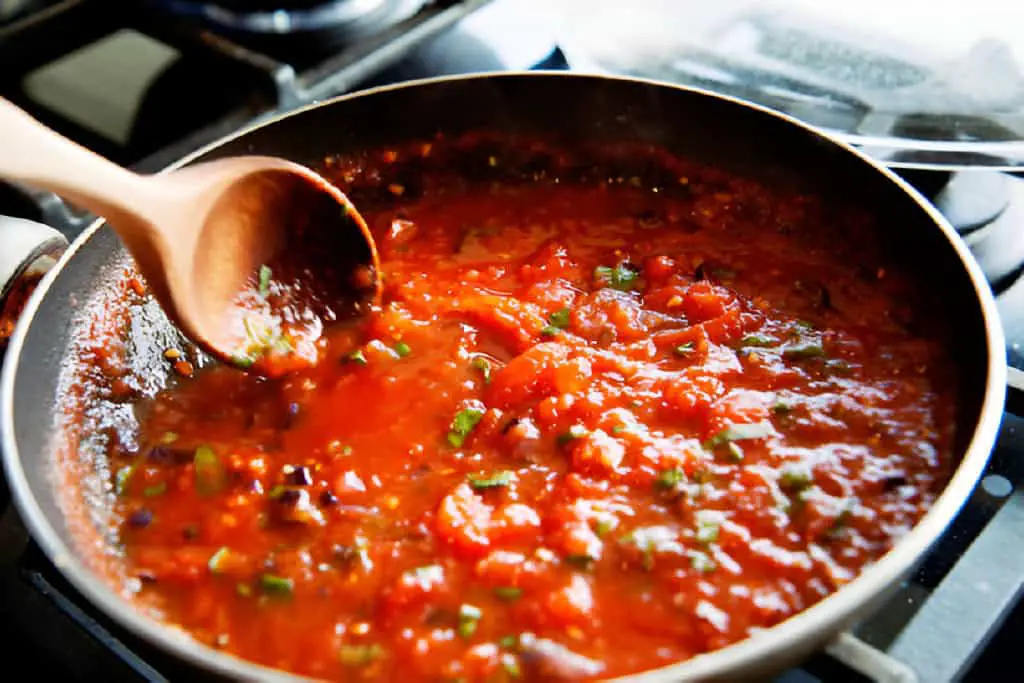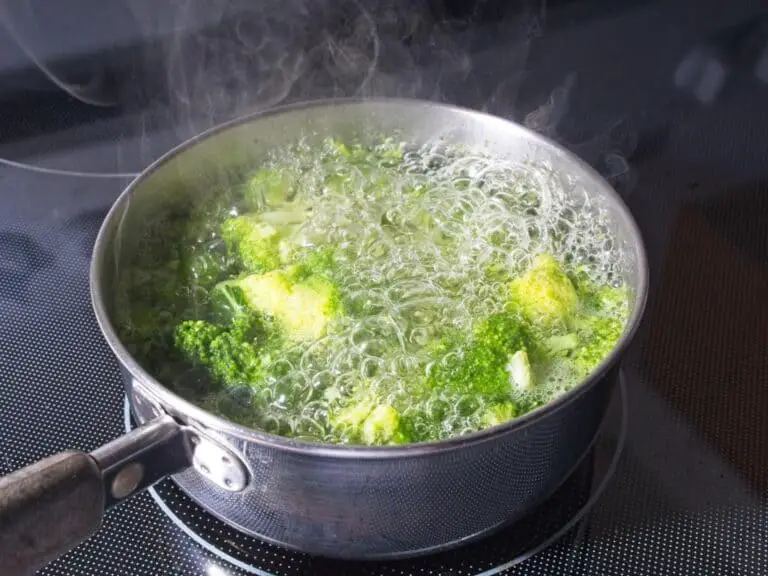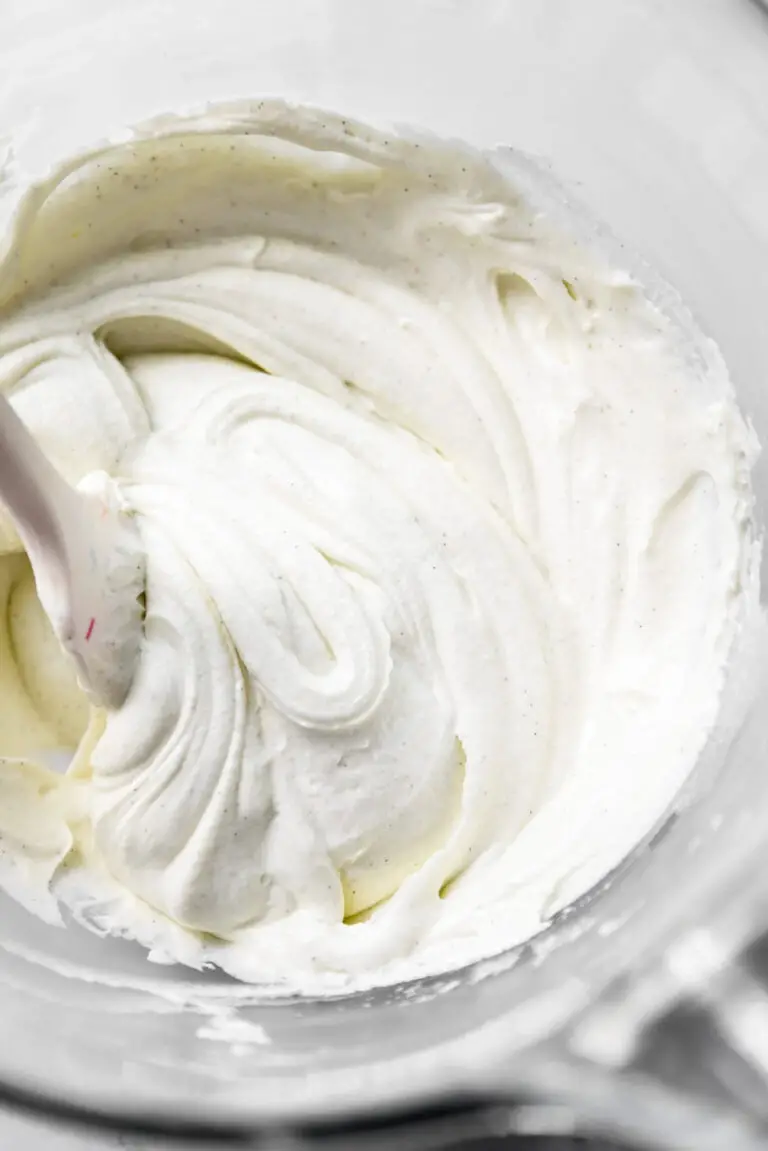Can All-Purpose Flour Thicken Sauce? Here’s What You Need to Know

There’s nothing like a velvety sauce to complete a meal. Whether it’s a rich gravy, a creamy Alfredo, or a hearty stew, sauces can make or break a dish. I’ll be honest—when I started cooking, I had my fair share of runny sauces, despite my best efforts to thicken them. Little did I know, the answer was hiding right in my pantry: good old all-purpose flour.
If you’re wondering whether all-purpose flour can really do the trick, you’re in the right place. Let’s get into the “how” and “why” of using this kitchen staple to thicken your sauces to perfection.
The Basics: What Makes All-Purpose Flour a Sauce-Saver?

When it comes to thickening, all-purpose flour is a bit of a jack-of-all-trades. Why? Because it contains a balance of starch and protein that, when mixed with liquid and heated, creates a network that traps water and gives sauces their body. This reaction—known as gelatinization—is your golden ticket to thicker, more cohesive sauces.
Here’s a quick look at how flour stacks up as a thickener:
| Thickening Agent | Thickening Power | Flavor Impact | Uses |
| All-Purpose Flour | Moderate | Mild, slightly nutty | Gravies, stews, cream sauces |
| Cornstarch | High | None, neutral | Clear sauces, Asian dishes |
| Arrowroot | High | None, neutral | Delicate sauces, acidic sauces |
| Potato Starch | Very High | Mild, earthy | Soups, stews, gravies |
While cornstarch in all-purpse flour or arrowroot might thicken faster and with less, flour is the go-to for creamy, opaque sauces that hold up well with hearty dishes.
Flour Power: How to Use All-Purpose Flour for Thickening
There are a few ways to use all-purpose flour for thickening, and each has its own pros and cons. Here’s what works best in my experience:
1. The Roux Method: The French Classic
When you’re looking for a foolproof way to thicken a sauce, you can’t go wrong with a roux. This classic French technique involves cooking flour with fat (like butter or oil) before adding your liquid. The heat helps to toast the flour, giving it a nutty flavor and minimizing any raw taste.
How to Make a Basic Roux
Pro tip: Start with equal parts flour and fat (usually a tablespoon or two each, depending on the sauce amount).
- Melt the butter in a pan over medium heat.
- Whisk in the flour and cook, stirring constantly, until the mixture turns a light golden brown.
- Gradually add your liquid (broth, milk, or stock), stirring continuously to avoid lumps.
This method is perfect for gravies, creamy pasta sauces, and dishes where you want a rich, hearty texture.
2. Slurry Surprise: When You Need a Quick Fix
If you’re low on time or need to adjust a sauce last-minute, a slurry is a lifesaver. A slurry is simply a mixture of flour and cold water, which you can add directly to simmering liquid to thicken it.
How to Make a Flour Slurry
- In a small bowl, mix 1 tablespoon of flour with 2-3 tablespoons of cold water until smooth.
- Slowly pour the slurry into your sauce, stirring constantly until it thickens.
The slurry method is great for those on-the-go moments. Just keep in mind that flour can sometimes leave a cloudier finish than other thickeners, so it works best in heartier soups and stews.
3. Beurre Manié: The ‘Kneaded Butter’ Trick
If you want the smoothness of a roux but without the pre-cooking, try a beurre manié. This French technique involves kneading flour and softened butter together into a paste, which you then whisk into your simmering sauce.
How to Make Beurre Manié
- Take equal parts softened butter and flour and knead them together until you have a smooth paste.
- Drop small amounts into your sauce, stirring until it reaches the desired thickness.
I love using beurre manié for delicate sauces or when I want a touch of richness. It’s like adding a bit of silk to your dish!
| Check out: Can You Use All-Purpose Flour for Biscuits? |
Common Mistakes When Using Flour to Thicken Sauce (And How to Avoid Them)
Mistake 1: Skipping the Sift
It might seem minor, but skipping the sift can lead to clumps in your sauce. If you don’t have a sifter, at least give your flour a quick whisk before adding it to your fat or liquid.
Mistake 2: Not Cooking the Flour Long Enough
Undercooked flour can leave a raw, starchy taste in your sauce. When making a roux, always cook it for a couple of minutes to get rid of that raw flavor. For a beurre manié, the flavor will cook out once it’s in the sauce, so just make sure the sauce simmers for a few minutes.
Mistake 3: Adding Too Much Flour
If you’ve ever ended up with a sauce that’s as thick as mashed potatoes, you’ve likely added too much flour. Start small, and add more only if needed. Remember, it’s easier to thicken a sauce than to thin it out!
When Flour Falls Short: Other Ways to Thicken Your Sauce
Sometimes, all-purpose flour might not be the best fit. If you’re working with a clear sauce or a sauce with high acidity, consider these alternatives:
| Alternative | Best For | Key Benefits |
| Cornstarch | Clear sauces, stir-fry sauces | Thickens quickly, keeps clarity |
| Arrowroot | Acidic sauces, delicate dishes | Doesn’t break down in acidity |
| Tapioca Starch | Creamy soups, puddings | Very smooth, gentle on the stomach |
| Rice Flour | Gluten-free options | Mild flavor, perfect for soups |
| Related: How to Prevent the Sauce From Separating When Freezing Alfredo Pasta? |
Tips and Tricks: Getting the Most Out of All-Purpose Flour
- Always Add Cold Liquid to a Hot Roux – Adding hot liquid can cause clumping. Keep your liquid cold (or at least room temperature) for the best results.
- Whisk Like You Mean It – Whisking is your best friend when thickening sauces. It helps prevent lumps and ensures a silky finish.
- Simmer, Don’t Boil – High heat can cause your sauce to separate. Keep it at a gentle simmer until thickened.
In a Nutshell: Why Flour Is a Reliable Choice for Thickening
All-purpose flour might not be the flashiest thickener, but it’s dependable and versatile, and it brings a rich, creamy texture that works wonders for gravies, sauces, and more. Sure, you could reach for cornstarch or tapioca in certain cases, but for a sauce that sticks to your ribs and complements hearty dishes, flour gets the job done.
So, next time you’re simmering up a sauce, reach for the flour. With a few simple tricks, you’ll have thick, delicious sauces that elevate any dish—no fancy ingredients required. And who doesn’t love a sauce with a little backbone?
FAQs About Using Flour as a Thickener
Can I use whole wheat flour instead?
Yes, but expect a slightly nuttier, denser result. Whole wheat flour has a bit more protein and fiber, which changes the texture slightly.
What if I end up with lumps?
Grab a fine-mesh sieve and strain the lumps out, or use an immersion blender to smooth things out.
Is flour gluten-free?
Traditional all-purpose flour contains gluten. For gluten-free options, try cornstarch, arrowroot, or rice flour.






